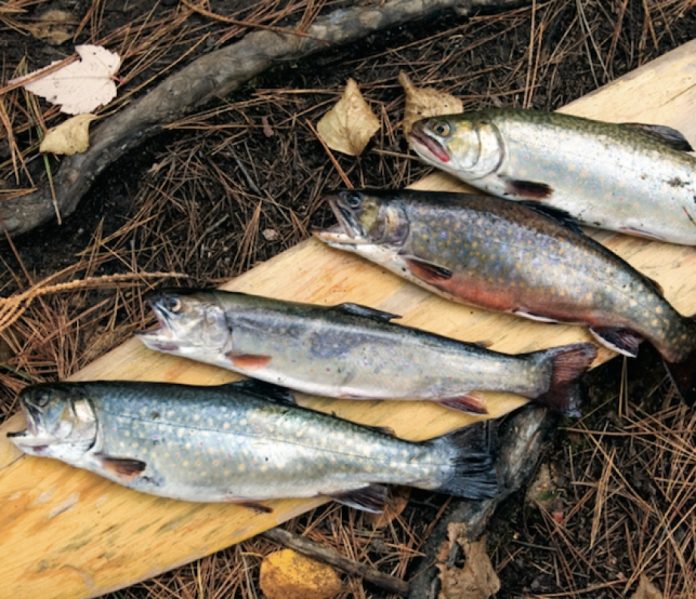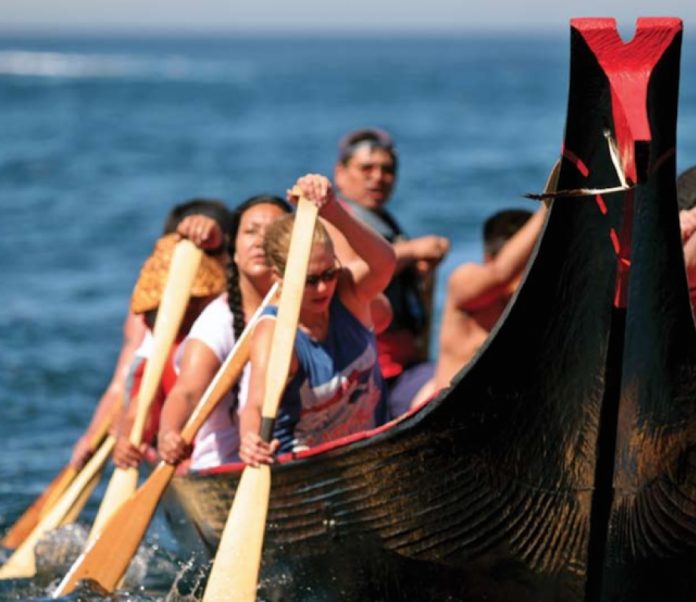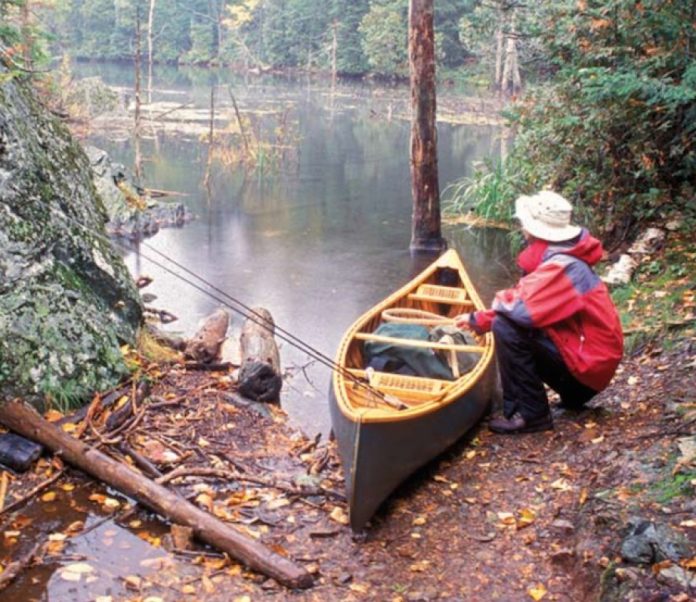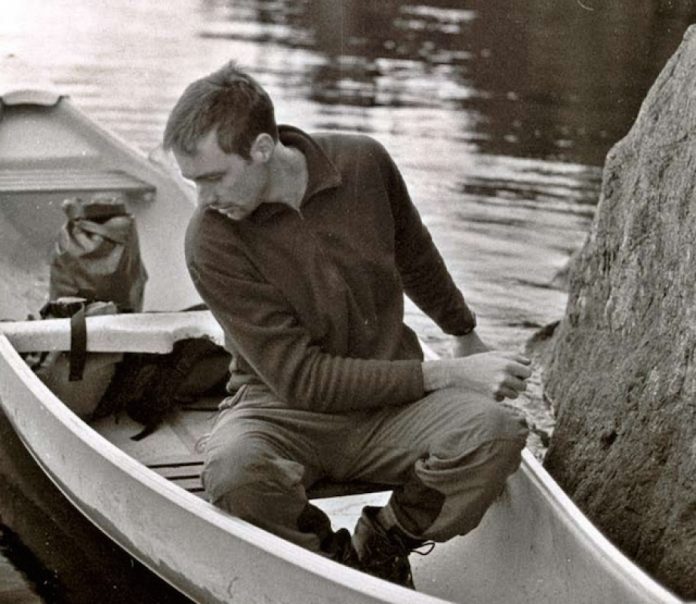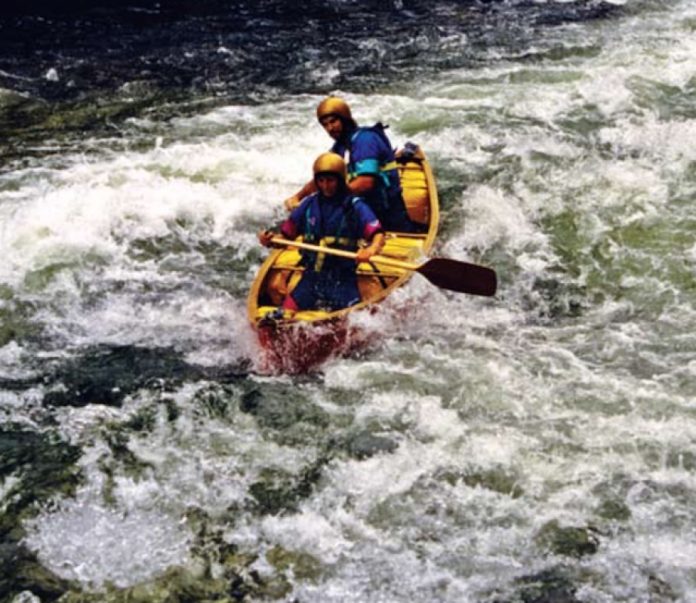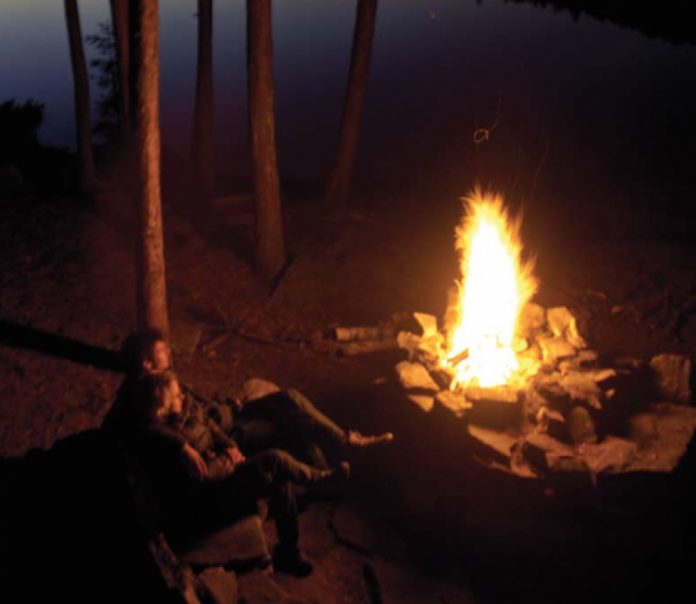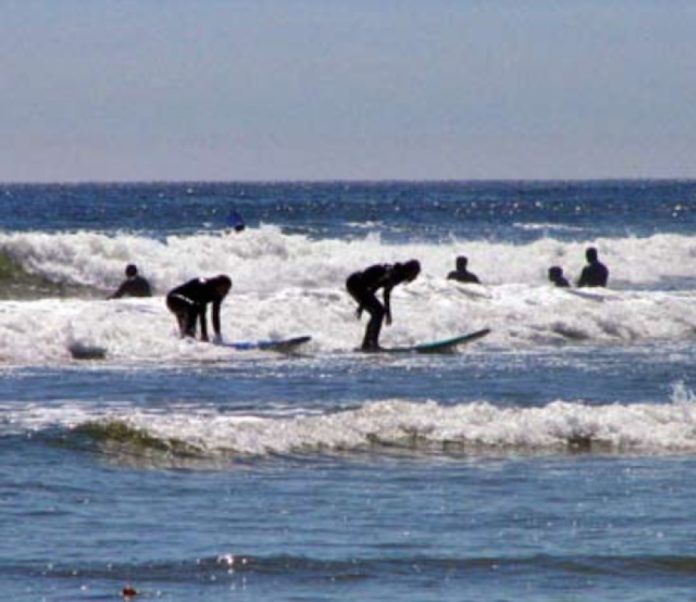Whitewater rodeo became freestyle about the same time paddlers starting calling themselves athletes. Which was about the same time paddlers like me stopped giving a shit about rodeo—we didn’t know we were supposed to call it freestyle—mostly because we didn’t have a snowball’s chance in hell of making our national team. There was a time when I and a hundred other average-Joe paddlers had a chance. We could spin, cartwheel, split, clean and blunt, and in 1999 if you could link a bunch of them together, it was all the tricks you needed to win at rodeo. for the record I can still spin, cartwheel, split, clean and blunt: too bad for me, I suppose, that my local river doesn’t have a behemoth wave to train on. The Worlds have passed me by.
The buzz coming out of the last World Freestyle Championships in Australia was the changes in the scoring system and the structure of the event made with an eye to freestyle becoming an olympic sport. Rules were changed to encourage more variety of moves and a World Cup series now replaces an off year Pre-Worlds event. According to the International freestyle committee, freestyle kayaking could be in the olympics as early as 2012 and they say, a large step in the right direction.
I just checked the website of London’s Olympic Delivery Authority. It is moving forward with plans for a new whitewater canoe slalom course at broxbourne, which will serve as the host venue for the london 2012 Olympic Games. There was, however, no mention of freestyle kayaking on the list of demonstration sports for 2012, nor was there mention of the slalom course including a monster-sized wave most North American athletes say is the real future of freestyle.
Even with whitewater freestyle now under the wing of the International paddling events—I doubt they have deep enough pockets in their train- ing shells to bribe the Ioc into accepting our fringe sport into their olympic Games. And even if the IFC was drop-shipping kayaks full of greenbacks, does anyone really think that host cities like London are going to build a Bus Eater wave? Not a chance.
If whitewater freestyle does make it to the Olympics, athletes would surely be competing in manmade pour-overs or flushy little waves at the bottom of concrete slalom courses, like main Wave at the Penrith Olympic Stadium, home to the poorly attended Worlds in 2005 and the target of much criticism.
So, you have freestyle athletes and boat designers driving the sport toward bigger, more awesome waves they say best showcases the sport. meanwhile, the competitive organizing committee is setting the groundwork for freestyle to qualify for the Olympics, something that would surely set the sport back in the hole by 10 years.
Either no one has noticed this crazy contradiction or the olympic dream is really about pro athletes accessing funds from national sport associations and government agencies, not about moving the sport forward at all. Which is fine with me, but with every other olympic athlete making public statements about their under-funded national sports programs, I can’t help but wonder if it’s worth it.
Personally, I’m all for whitewater freestyle in the Olympics. I’d buy back my Wave Sport XXX and practice my spins, cartwheels, splits, cleans and blunts on my local river. If I link them all together on the right day I may find myself on a plane to London to make my country proud.
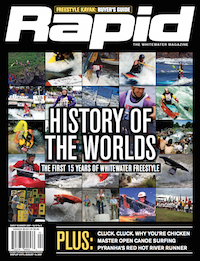 This article first appeared in the Early Summer 2007 issue of Rapid Magazine. For more great content, subscribe to Rapid’s print and digital editions here.
This article first appeared in the Early Summer 2007 issue of Rapid Magazine. For more great content, subscribe to Rapid’s print and digital editions here.



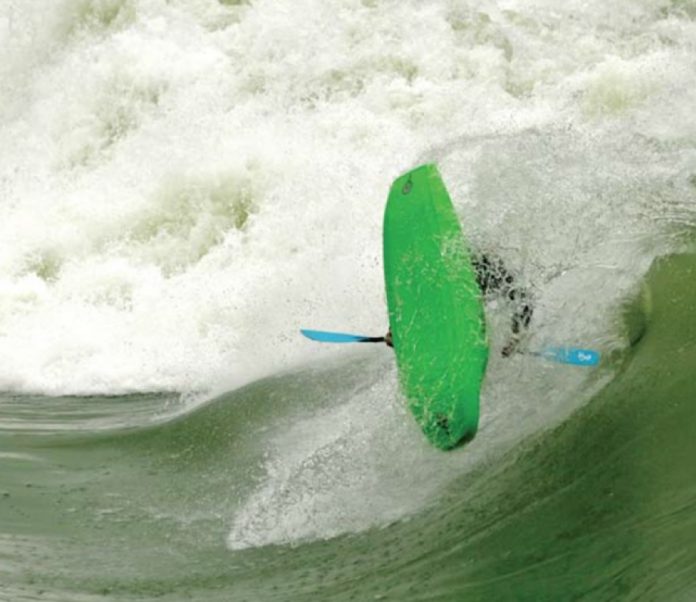
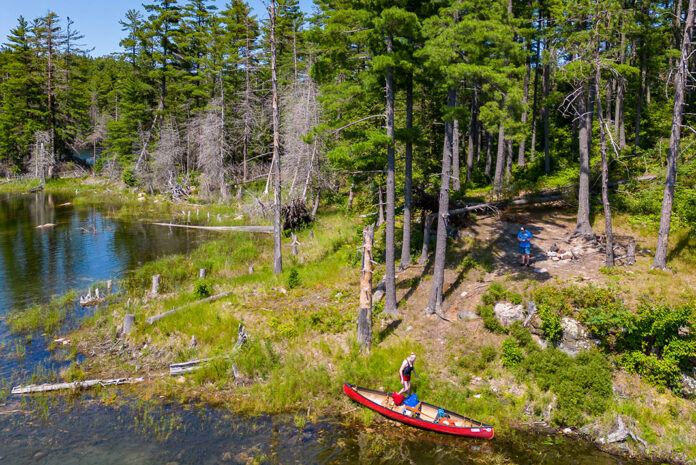
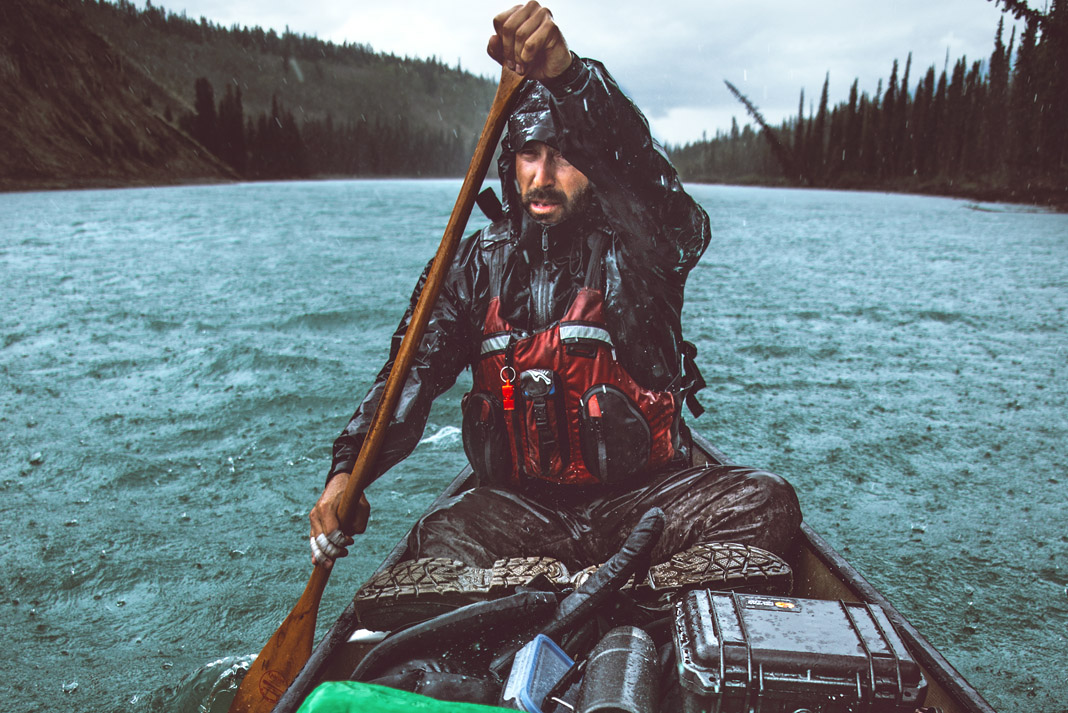
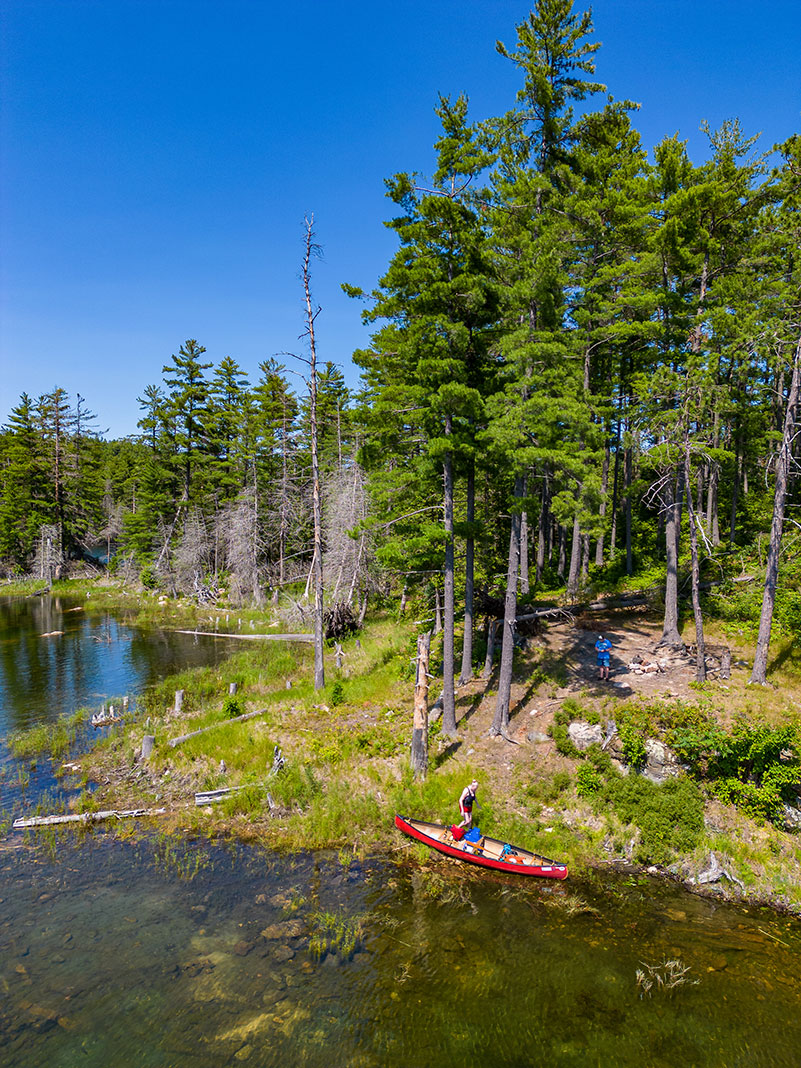
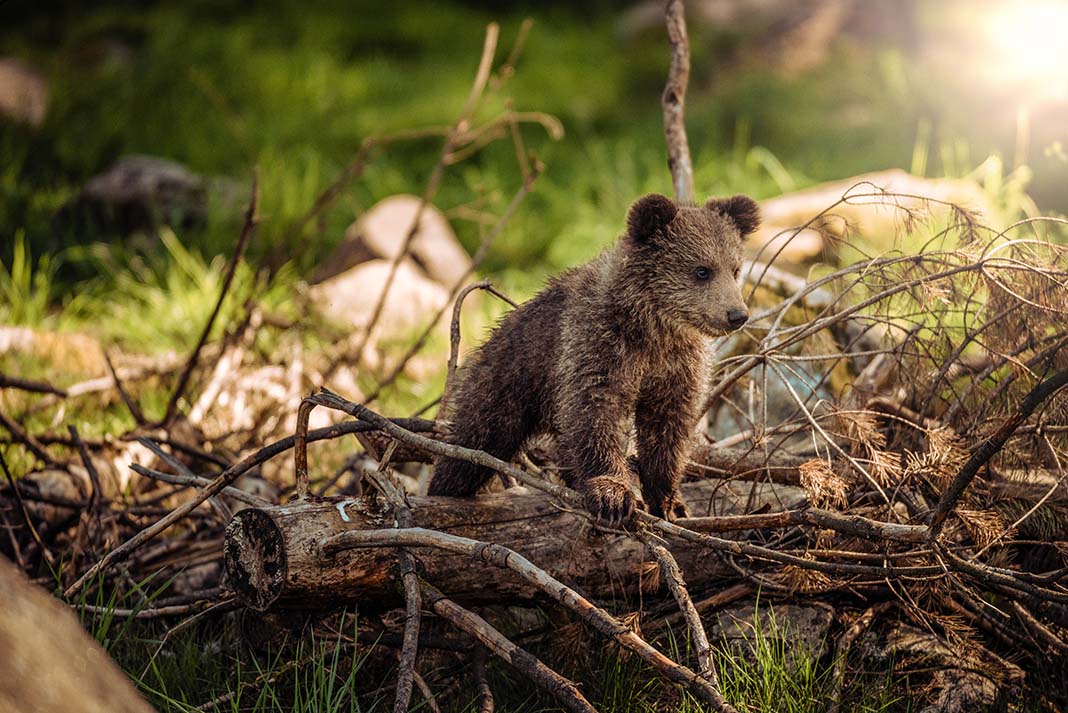
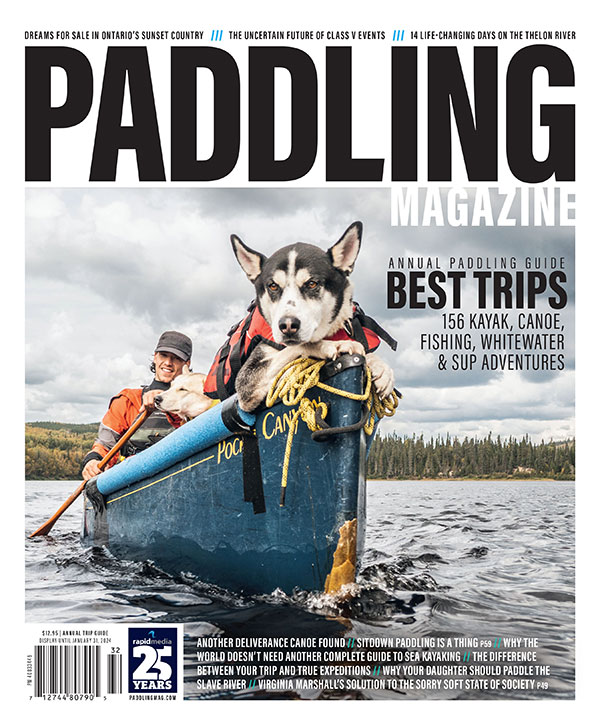 This article was first published in the Early Summer 2007 issue of Canoeroots Magazine and was republished in the 2023 Paddling Trip Guide.
This article was first published in the Early Summer 2007 issue of Canoeroots Magazine and was republished in the 2023 Paddling Trip Guide. 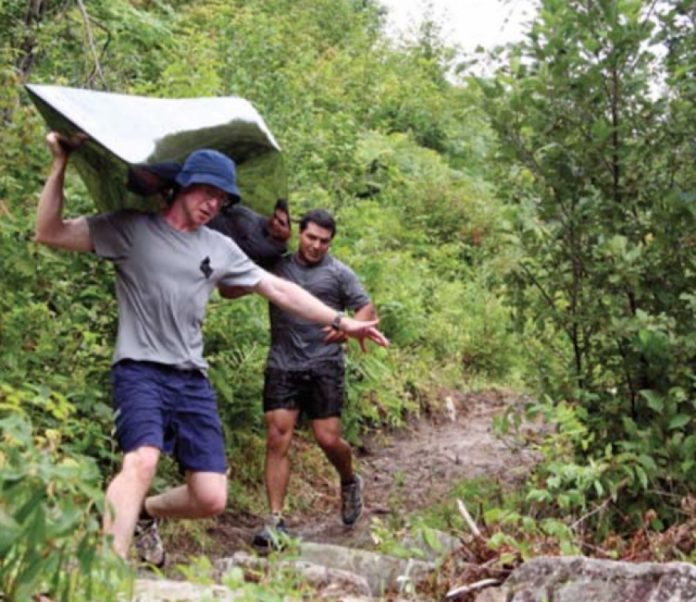
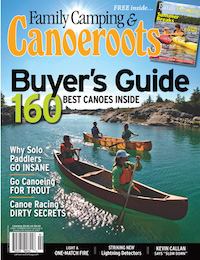 This article first appeared in the Early Summer 2007 issue of Canoeroots Magazine. For more great content, subscribe to Canoeroots’ print and digital editions
This article first appeared in the Early Summer 2007 issue of Canoeroots Magazine. For more great content, subscribe to Canoeroots’ print and digital editions 